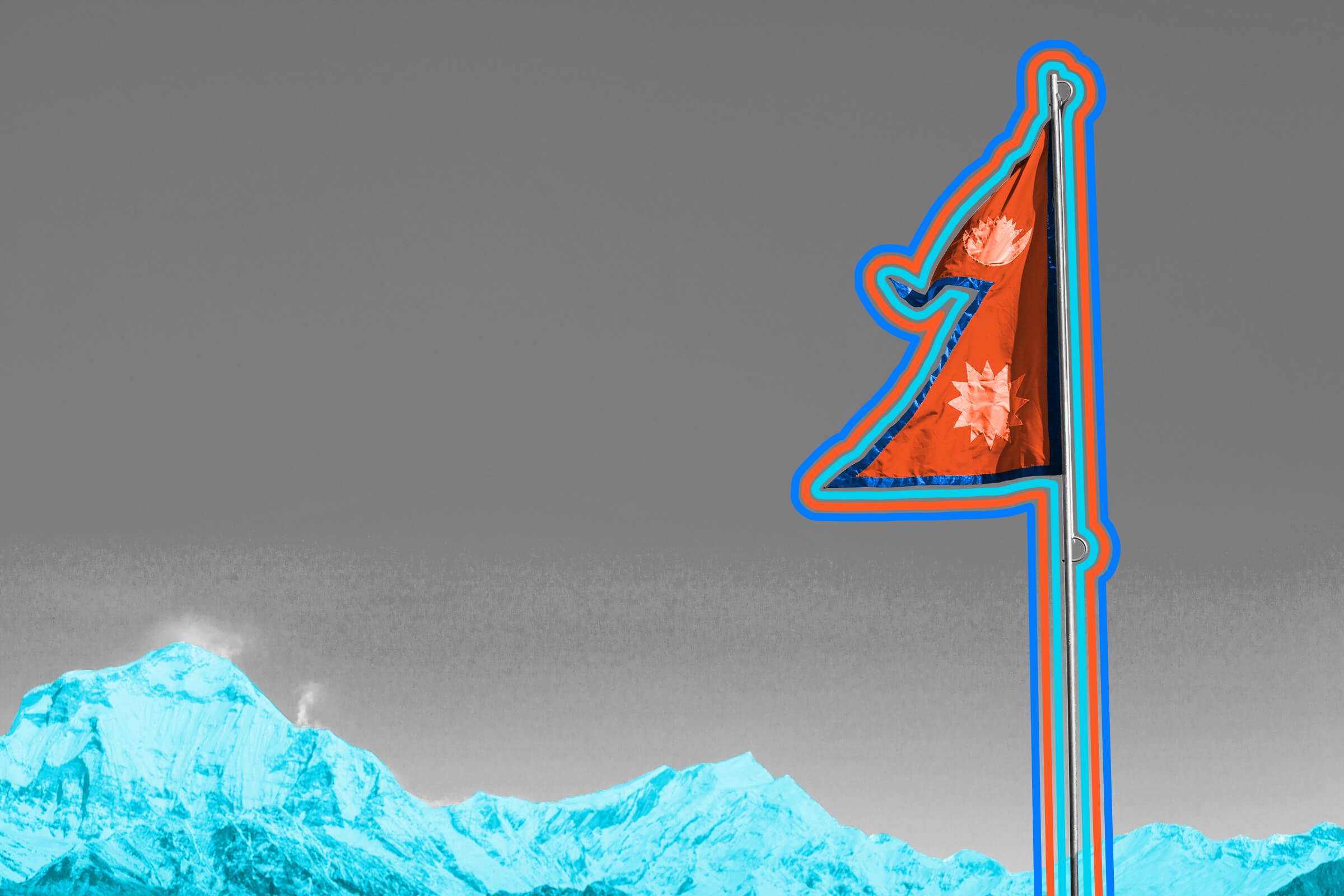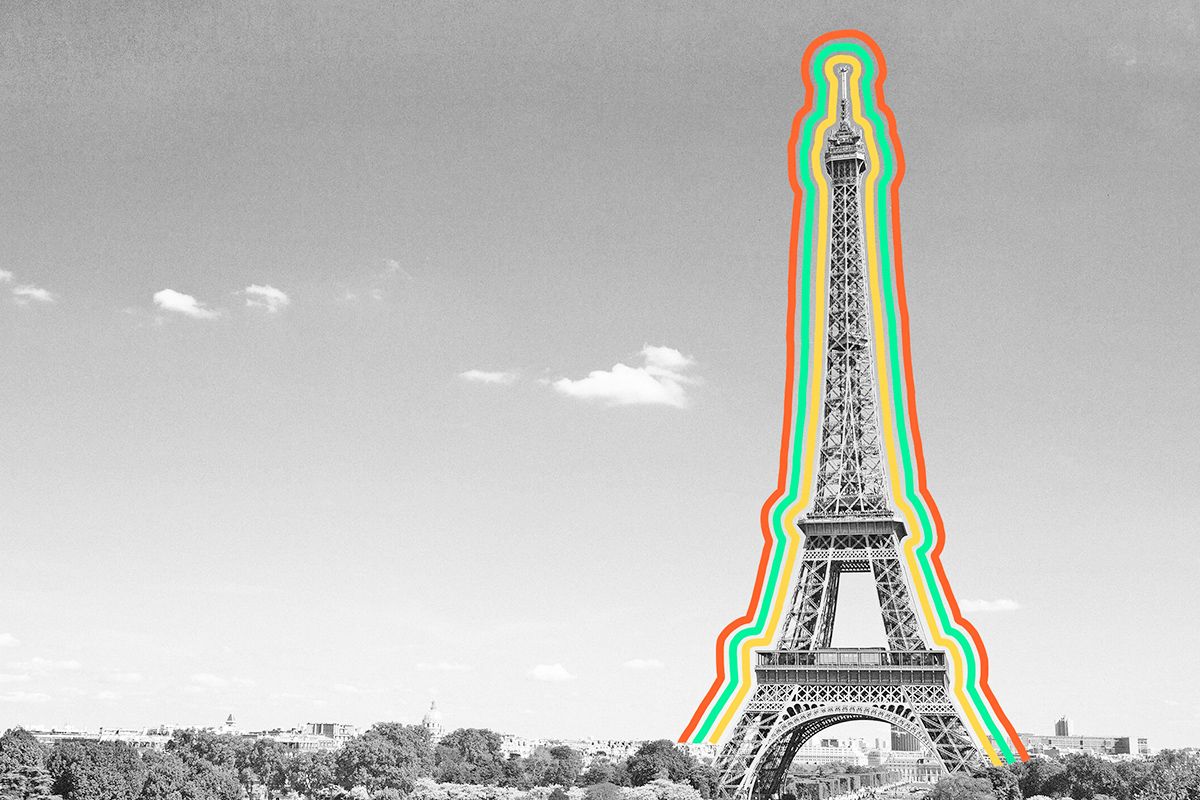
Nepal has one of the most unusual time zones in the world.
Calculating time zones can be a maddening mathematical aspect of daily life. Although these zones follow some logic (the middle of the Pacific Ocean is probably a good place to set the international date line, for example), the many and various rules in each country can make it difficult to figure out what time it is around the world. In the U.S. alone, 13 states straddle two time zones. Yet some calculations in other nations are even more complicated.
Many countries — Afghanistan, Iran, Myanmar, and even parts of the province of Newfoundland and Labrador in Canada — use 30-minute deviations from Coordinated Universal Time (UTC), the international time standard for legal and scientific time. But things get even stranger when considering Nepali Standard Time: The landlocked Asian country of Nepal uses a meridian that passes through Gaurishankar, a mountain in the Himalayas, to calculate its time zone. Being 5 hours and 45 minutes ahead of UTC, Nepal is a rare 45-minute deviation, meaning that when it’s noon in Greenwich, England (the basis for UTC), it’s 5:45 p.m. in Nepal. The only other 45-minute deviations in the world are New Zealand’s Chatham Islands and a tiny time zone in western Australia. This weird arrangement doesn’t help coordination between Nepal and India, the country that surrounds Nepal on three sides; India is actually 15 minutes behind Nepal (yes, it’s one of those 30-minute deviation countries). Yet Nepalis are proud of their unique time zone, which they call “Nepali Stretched Time,” and joke that it’s a kind of 15-minute grace period in case they’re late for appointments.
Although most national flags are rectangles, there are some unusual ones out there. Switzerland and the Vatican both have square national flags, for example. But the true standout among them all is Nepal’s national flag, which features two red-and-blue triangles (called pennons) stacked on top of each other. This arrangement is so atypical that the Nepalese flag is the only non-quadrilateral (four-sided) national flag in the world. The triangles — one adorned with the sun, the other a crescent moon — represent the Himalayan Mountains that run through most of Nepal, as well as the country’s two main religions, Hinduism and Buddhism. Red stands for the country’s national flower, the rhododendron, while blue is meant to be the color of peace. As for those celestial bodies on the flag, they represent the country’s hope to be as long-lasting as the sun and the moon.

